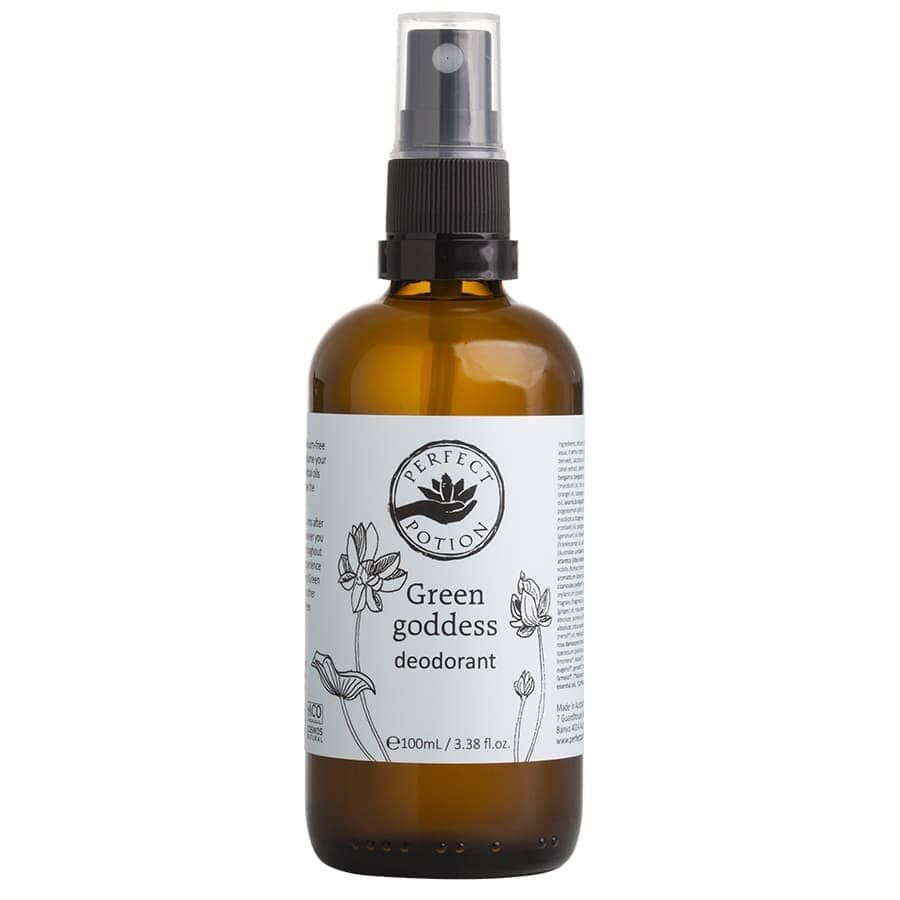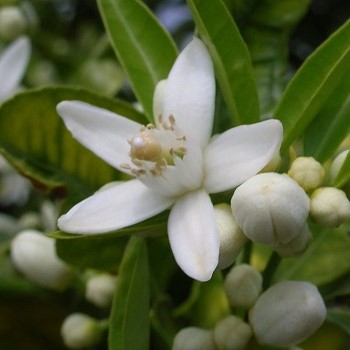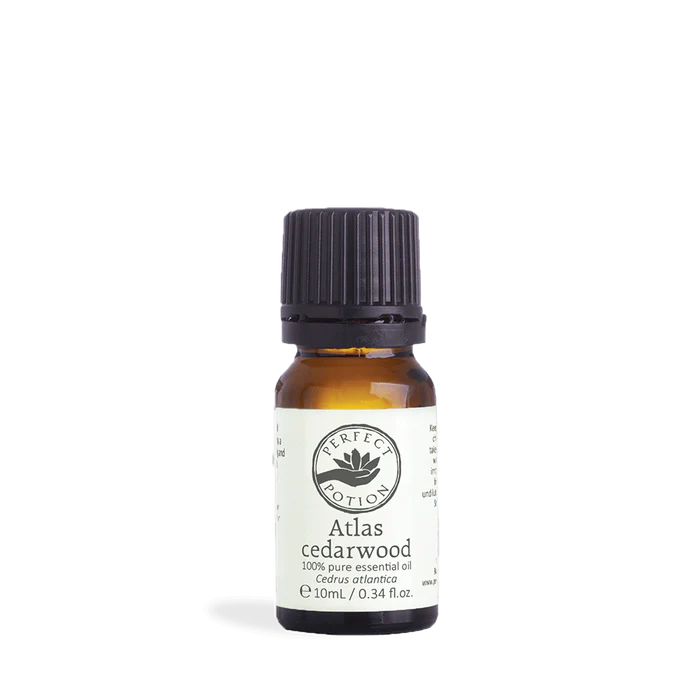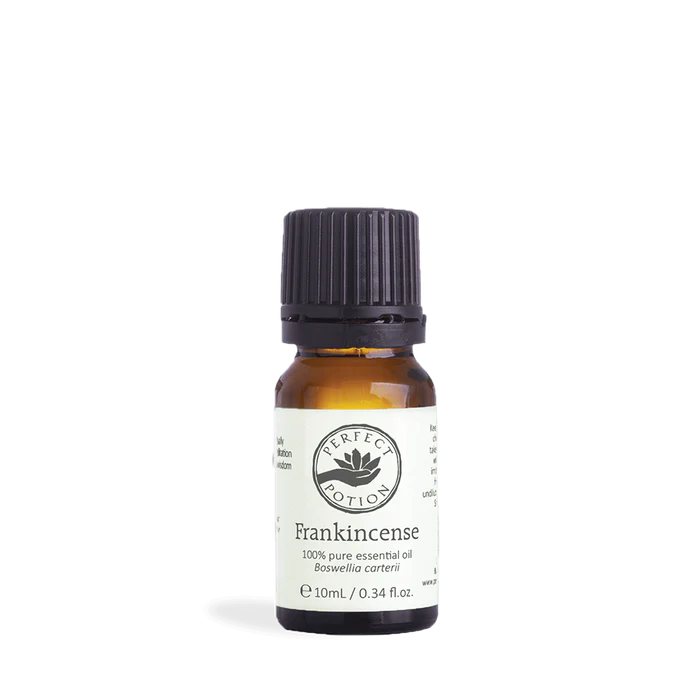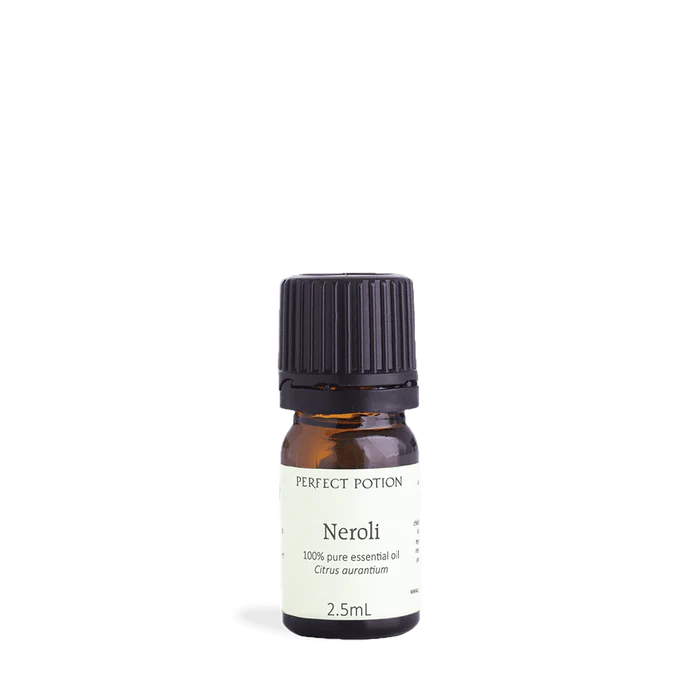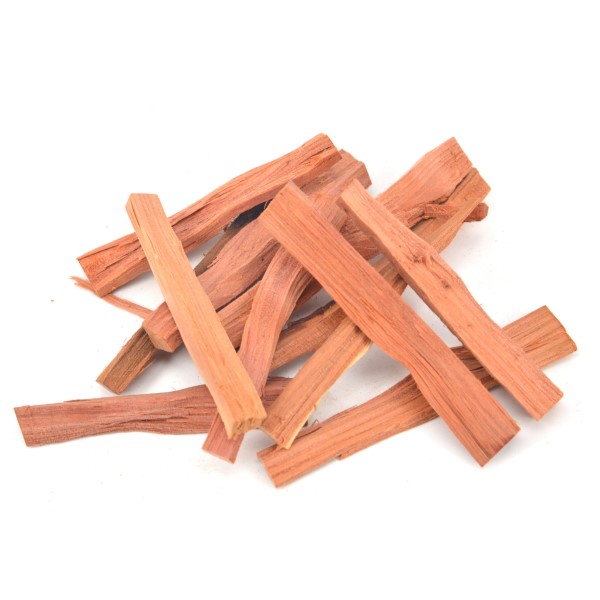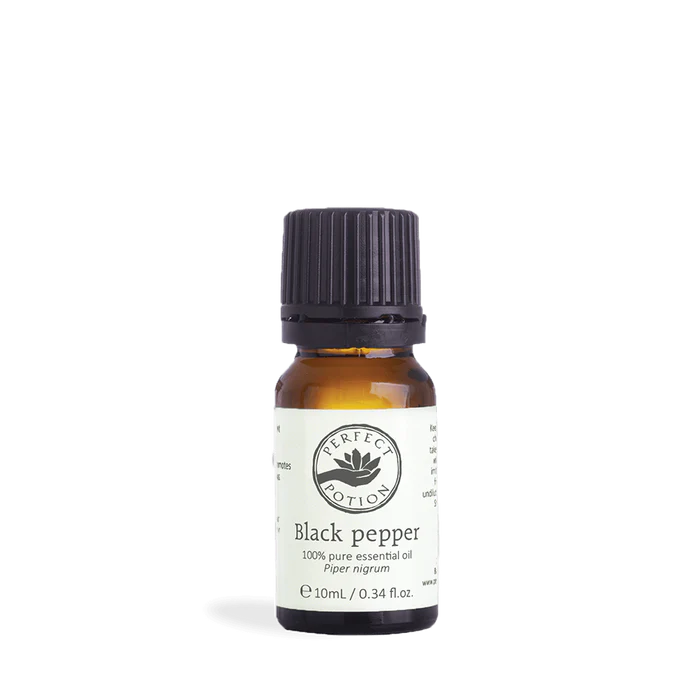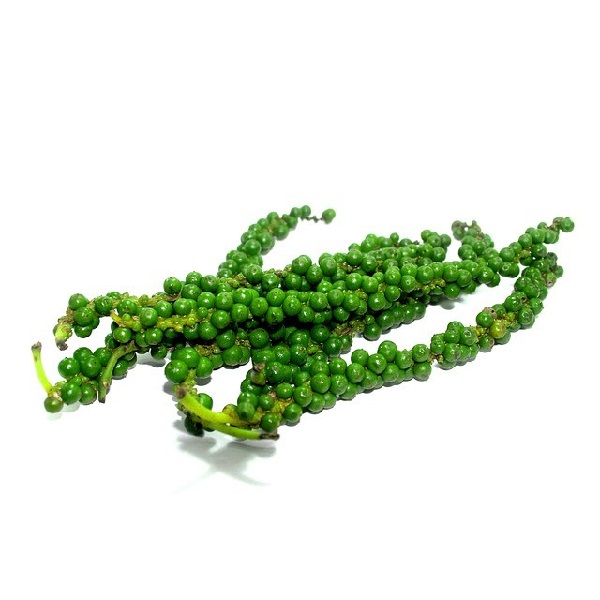Categories
Manufacturers
Featured [more]
Latest Amor Blog [View All]
More Information
Is It Fat, Inflammation or Fluid Retention?

So you’re sitting there looking down and your seeing that bulk around your middle, and if you're like my my mother, you’re saying to yourself “I’m FAT!” But are you…? Being a paraplegic, my mother (79) has been unable to walk since March 2001, so her system has slowed down over the last 23 years, which also happens with aging.
So let's have a look at what's going on...
First things first, what does our skin look like on the inside? It is made of 3 main layers - the subdermis, dermis and epidermis. Starting with the Epidermis, let's explore its 5 layers in the picture below.

The dermis is the middle layer of the skin where the blood capillaries and nerve endings are, along with your hair follicles and the little muscles that make your hairs stand up on end.
Below the Dermis is the Subcutis aka Hypodermis, and this is where our Fat Cells live - 30-40 billion of them apparently! So it's easy to see why people just assume they're fat or is there more going on.
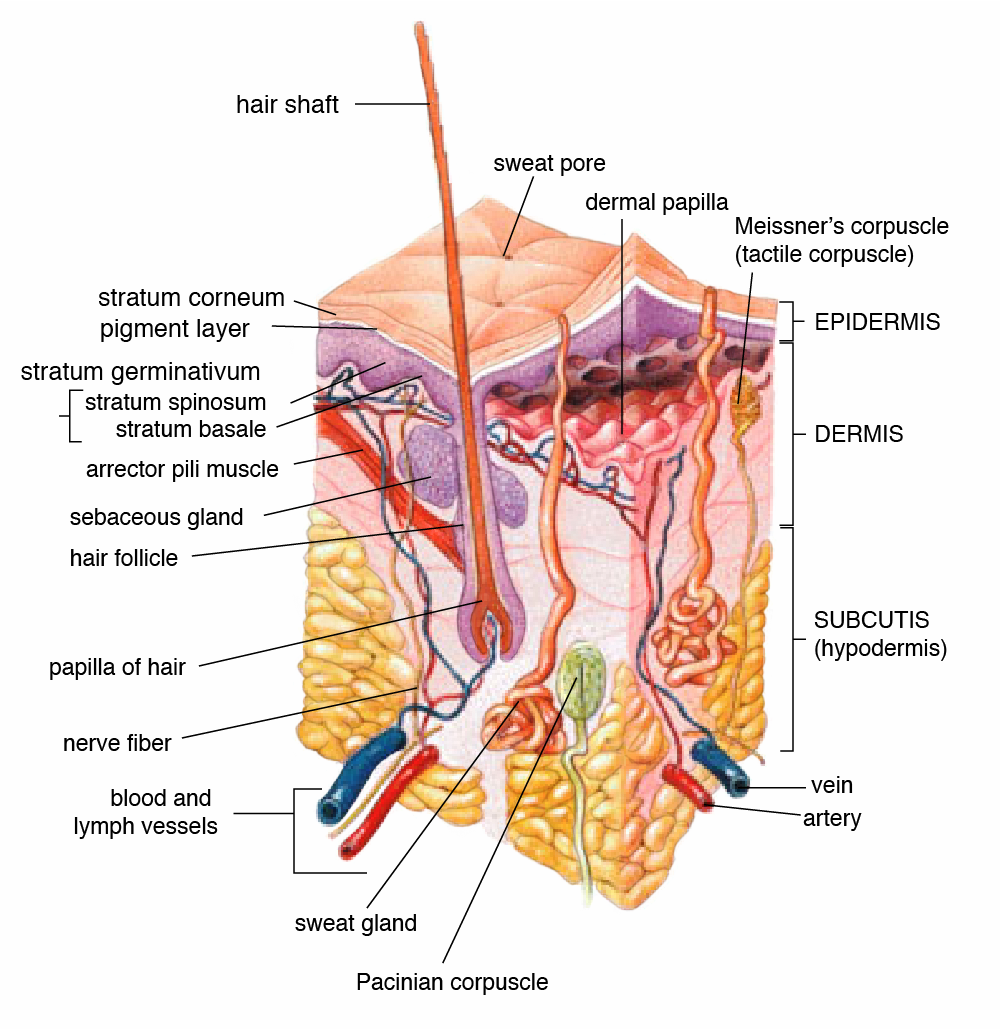
Back in 1999-2000, Bernadette Bekker and I did a Cellulite Clinical Trial and Thesis on Aromatherapy and Cellulite. Here is an excerpt from it:
The basic construction of the subcutaneous tissue of the thighs in men and women is shown below:

In women, the uppermost subcutaneous layer consists of what are referred to as 'large standing fat-cell chambers', which are separated by radial and arching dividing walls of connective tissue anchored to the overlying connective tissue of the skin (epidermis). In contrast, in men the uppermost part of the subcutaneous tissue is thinner and has a network of crisscrossing connective tissue walls. The epidermis is also thicker in men.
A simple test to demonstrate these differences is the 'pinch test'. Pinching the skin will result in the 'mattress phenomenon', pitting, bulging and deformation of the skin as shown below.

As women age, the epidermis becomes progressively thinner and looser. This allows fat cells to migrate to this layer. In addition, the connective tissue walls between the fat cell chambers also become thinner, allowing the fat cell chambers to enlarge excessively. The breakdown or the thinning of connective tissue structures is a major contributor to the development of cellulite. Histological examination reveals distension of the lymphatic vessels of the upper epidermis and a decrease in the number of sub-epidermal fibres.
Now let’s look at the difference between the 3 and how we tell the difference between them.
- Fat is adipose tissue that builds up in the subdermal layer.
- Fluid retention is in the lymphatic system that sits just under the skin…
- Inflammation is when your immune system says “woah… why did you do that to me?”
Fluid / Water Retention, medically known as oedema, occurs when excess fluid accumulates in the body’s tissues. Here are some key points about water retention:
- Causes of Fluid Retention:
- Prolonged Sitting or Standing: Remaining in one position for extended periods can lead to fluid buildup.
- Dehydration: By not drinking enough fluids, your body starts to hold onto excess fluid to prevent further dehydration.
- High Salt Intake: Consuming too much salt can contribute to oedema.
- Hormonal Changes: Menstruation or pregnancy can cause fluid retention.
- Certain Medications: NSAIDs, blood pressure medications, and corticosteroids may play a role.
- Underlying Health Conditions: Congestive heart failure, renal disease, and chronic lung diseases can lead to oedema.
- Symptoms:
- Feeling heavier than usual.
- Swollen legs, feet, ankles, and face.
- Bloating in the abdominal area.
- Stiff joints and weight fluctuations.
- Remedies:
- Low-Salt Diet: Limit sodium intake to 2,300 mg per day by avoiding processed foods.
- Potassium- and Magnesium-Rich Foods: Include bananas, avocados, tomatoes, sweet potatoes, and leafy vegetables.
- Vitamin B6: Helps with premenstrual symptoms and water retention.
- Protein: Keeps fluid balanced in the bloodstream.
- Elevate Feet: Helps move water away from lower extremities.
- Lymphatic Drainage Massage: Encourages the natural flow of the lymph in the cellular tissue back towards the heart and abdominal area for it to be processed and flushed out by the kidneys.
Remember, an efficient lymphatic system is vital for your immune system to work effectively.
Inflammation is a natural response of your immune system to injuries, infections, or harmful substances. Let’s delve into the details:
- What Is Inflammation?
- Definition: Inflammation is your body’s defense mechanism triggered by illness, injury, or the presence of foreign substances (such as germs or toxins).
- Purpose: It promotes healing and helps you recover.
- Normal Process: When an invader (like a virus) enters your body or you get injured, your immune system dispatches inflammatory cells and cytokines (substances that stimulate more inflammatory cells). These cells trap germs or toxins and initiate tissue healing.
- Visible Signs: Inflammation can cause pain, swelling, or discoloration—visible signs that your body is healing itself.
- Acute vs. Chronic Inflammation:
- Acute Inflammation:
- Sudden and temporary response to injury or illness.
- Inflammatory cells rush to the site of injury or infection to start the healing process.
- Examples: Cuts, bacterial throat infections, and viral flu.
- Duration: Lasts a few hours to a few days.
- Chronic Inflammation:
- Persistent inflammation even when there’s no immediate danger.
- Can cause damage to tissues.
- Example: Rheumatoid arthritis, where joint tissues are attacked by inflammatory cells.
- Duration: Lasts for months or years, with periods of improvement and worsening.
- Acute Inflammation:
- Symptoms of Inflammation:
- Acute inflammation may cause flushed skin, pain, tenderness, swelling, and heat.
- Chronic inflammation can be subtle and varied, affecting different parts of your body.
- Signs include bloating, swollen legs, feet, ankles, puffiness in the abdomen and face, stiff joints, and weight fluctuations.
- Treatment and Prevention:
- Acute Inflammation:
- Usually resolves on its own.
- Rest, hydration, and over-the-counter pain relievers can help.
- Chronic Inflammation:
- Address underlying conditions (e.g., rheumatoid arthritis).
- Lifestyle changes: Follow a low-salt diet, consume potassium- and magnesium-rich foods, ensure adequate vitamin B6, eat protein, and elevate your feet to aid fluid drainage.
- Acute Inflammation:
Remember, inflammation is a double-edged sword: it heals but can also harm.
Adipose tissue, commonly known as body fat, plays essential roles within our bodies. Let’s explore its fascinating features:
- Composition and Function:
- Adipocytes: Adipose tissue primarily consists of adipocytes, specialized cells that store energy in the form of lipids (triglycerides).
- Stromal Vascular Fraction (SVF): Alongside adipocytes, it contains other cell types like preadipocytes, fibroblasts, vascular endothelial cells, and adipose tissue macrophages.
- Energy Storage: Adipose tissue serves as a reservoir for energy, cushioning and insulating our bodies.
- Endocrine Organ: Recent discoveries reveal that adipose tissue produces hormones such as leptin, estrogen, resistin, and cytokines (especially TNF?). These hormones impact metabolism and overall health.
- Types of Adipose Tissue:
- White Adipose Tissue (WAT): Stores energy throughout the body.
- Brown Adipose Tissue (BAT): Generates body heat by burning energy.
- Beige Adipocytes: A subset of white adipocytes that can “brown” and exhibit thermogenic properties.
- Anatomical Locations:
- Subcutaneous Fat: Beneath the skin, providing insulation.
- Visceral Fat: Around internal organs, offering protective padding.
- Yellow Bone Marrow: Stores fat in bone cavities.
- Breast Tissue: Contains adipose tissue.
- Clinical Implications:
- Obesity: Excess adipose tissue is associated with health risks, including metabolic syndrome, type 2 diabetes, cardiovascular disease, and atherosclerosis.
Remember, adipose tissue is more than just a passive energy store—it’s a dynamic player in our overall well-being.
Water - your new best friend
Water plays a crucial role in our bodies, including its impact on fat metabolism and fluid retention. Here are some reasons why water is essential for overall health and fat burning:
-
Fluid Balance: Our body needs water to maintain proper fluid balance. When we’re well-hydrated, our cells function efficiently. However, if body cells lose or gain too much water, they don’t work optimally.
-
Reducing Sodium: Drinking enough water helps reduce sodium levels in the body. Sodium can contribute to fluid retention, so staying hydrated helps maintain a healthy balance.
-
Lubricate Joints and Tissues: Water consumption helps lubricate and cushion joints, spinal cord, and tissues. This is especially beneficial for physical activity and can lessen discomfort caused by conditions like arthritis.
-
Hydrolysis and Lipolysis: The process of breaking down fat (lipolysis) requires water. In the initial step, called hydrolysis, water is added to fat molecules to break them down. Without sufficient water, our bodies cannot effectively break down fat.
-
Circulation: Proper hydration ensures good blood circulation. When blood flows smoothly, it helps prevent fluid buildup in tissues.
-
Cellular Health: Water delivers nutrients to cells and removes waste products. Well-hydrated cells function optimally, contributing to overall health
-
Kidney Function: Adequate water intake is crucial for healthy kidney function. The kidneys rely on water to filter waste from the blood and eliminate it through urine. Proper kidney function is essential for overall health and fat metabolism.
-
Weight Management: If you’re overweight, losing weight can improve edema. Drinking water can also help with weight management by promoting satiety and reducing overeating.
-
Metabolism and Caloric Burn: Drinking water can increase your metabolism. Each person has a unique metabolic rate, and staying hydrated helps maintain it. Additionally, water contributes to resting energy expenditure, meaning the more water you drink, the more calories you burn even at rest.
So, next time you reach for a glass of water, remember that it’s not only essential for hydration but also plays a role in oedema, fat breakdown and overall well-being!
Quercetin is a bioflavonoid polyphenol that is available in fruits, herbs and vegetables. It has the ability to reduce inflammation, allergic reactions and toxins as well as having anti-carcinogenic, antiviral, antioxidant, and psychostimulant properties, and the ability to inhibit lipid peroxidation, platelet aggregation and capillary permeability, and to stimulate mitochondrial biogenesis.
Wow, that’s a mouthful!
Quercetin helps cell wall integrity, and that includes preventing histamine from attacking all your cells in the areas that you typically flare up.
So how exactly does Quercetin help allergies?
Quercetin and its derivatives are transformed into various metabolites (phenolic acid) by enteric (gut) bacteria in the small intestine and colon, and enzymes in intestinal mucosal epithelial cells. This then helps them travel through your bloodstream where they can apply their different properties, based on what your body is requiring.
Interestingly, studies done with supplements have not been as effective compared to eating the fruit and vegetables, which tells me that our guts require the whole food and not just a component, unless that component is carefully balanced with the right nutrients so that it is optimally absorbed.
So which foods have Quercetin I hear you ask?
- Fruit: : Apple. Black plums, Bilberry, Blueberry, Capers, Cranberry, Grapes, Strawberry
- Herbs: Black Tea, Dill, Dock, Fennel leaves, Green Tea, Lovage, Prickly pear
- Vegetables:
Leaves: Cabbage, Kale, Radicchio, Radish leaves, Watercress
Everything else: Broccoli, Buckwheat, Kumara, Onions (higher in Red), Shallots.
The catch is, as soon as you peel your fruit or vegetable, you have reduced most of the quercetin content, so wash gently and serve complete except for the very outer layer of onions.
Fresh Capers have the highest content, not so much once they are pickled.
Quercetin Supplements ~ if you don’t eat fruit and veges
Yes, I do have supplements available, and I take them every time I have an allergic reaction to food as they help my system to settle down faster. Here are my favourite Practitioner options, which I wrote about in Sept 2021. As they’re not listed on my website, you do need a prescription from me.
Lymphatic Drainage
If you're feeling puffy and have never had a lymphatic drainage massage, this is a great way to see if your condition is fluid retention. I talk about it quite a bit on my body therapies page, so I'm going to link you to there for now where you can learn more before you find a local practitioner for a session.
Bibliography
Balch, PA. (2006). Prescription for Nutritional Healing 4th Edition. Avery, USA
Holford, P. (2004) The Optimum Nutrition Bible. Piatkus, UK
Li, Y., Yao, J., Han, C., Yang, J., Chaudhry, M. T., Wang, S., Liu, H., & Yin, Y. (2016). Quercetin, Inflammation and Immunity. Nutrients, 8(3), 167. https://doi.org/10.3390/nu8030167
Mager, S. (2014). The Building Blocks of Perfect Health: Vitamins, Minerals, Amino Acids, Fatty Acids, Flavonoids Functions & Dietary Sources. Aracaria Guides Publishing, Australia
Mosby (1998). Health & Physcial Assessment 2nd Edition. Mosby, USA
Oseicki, H. (2002). The Nutrient Bible, 5th Edition. Bioconcepts Publishing Ltd, Australia

